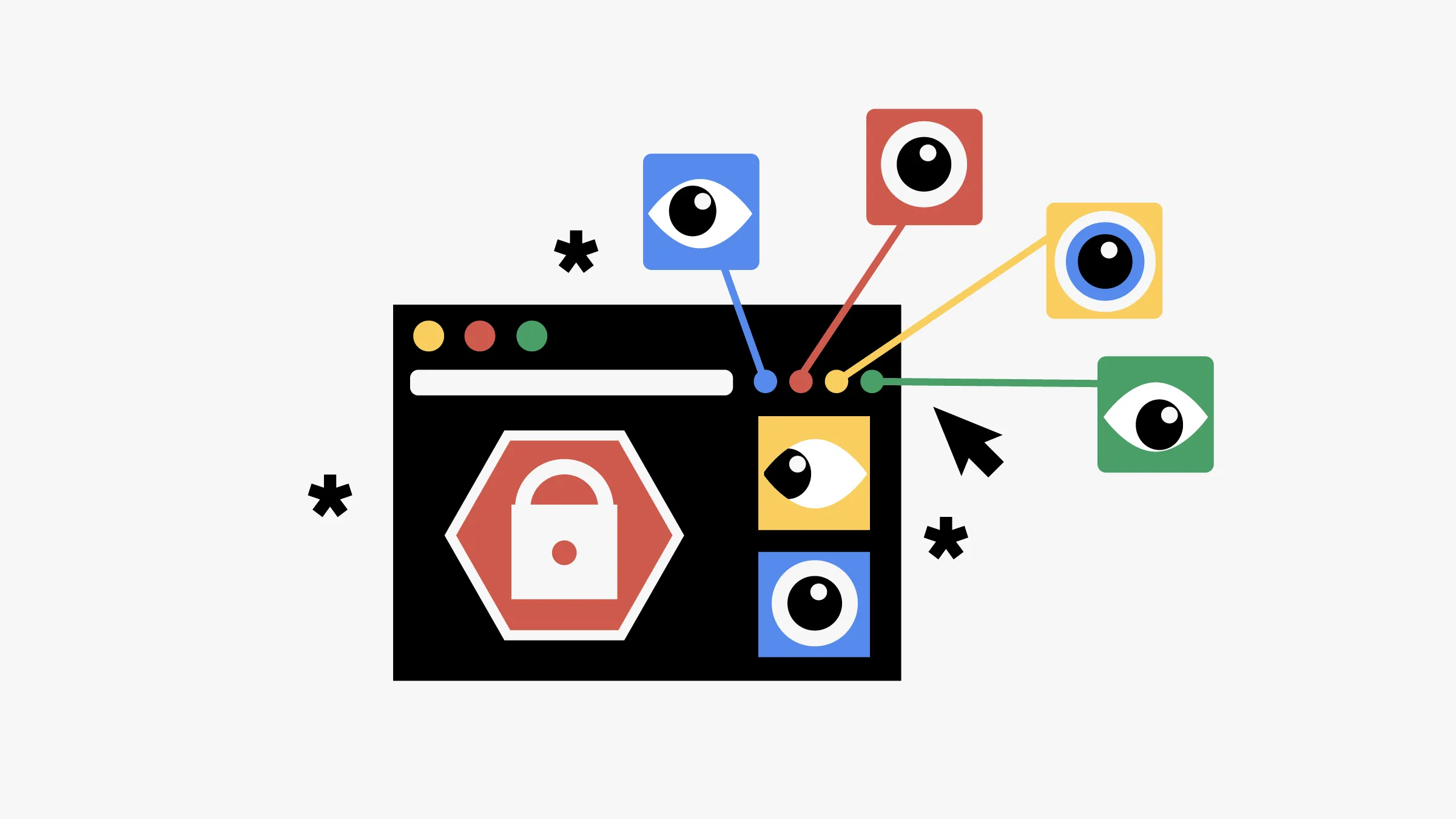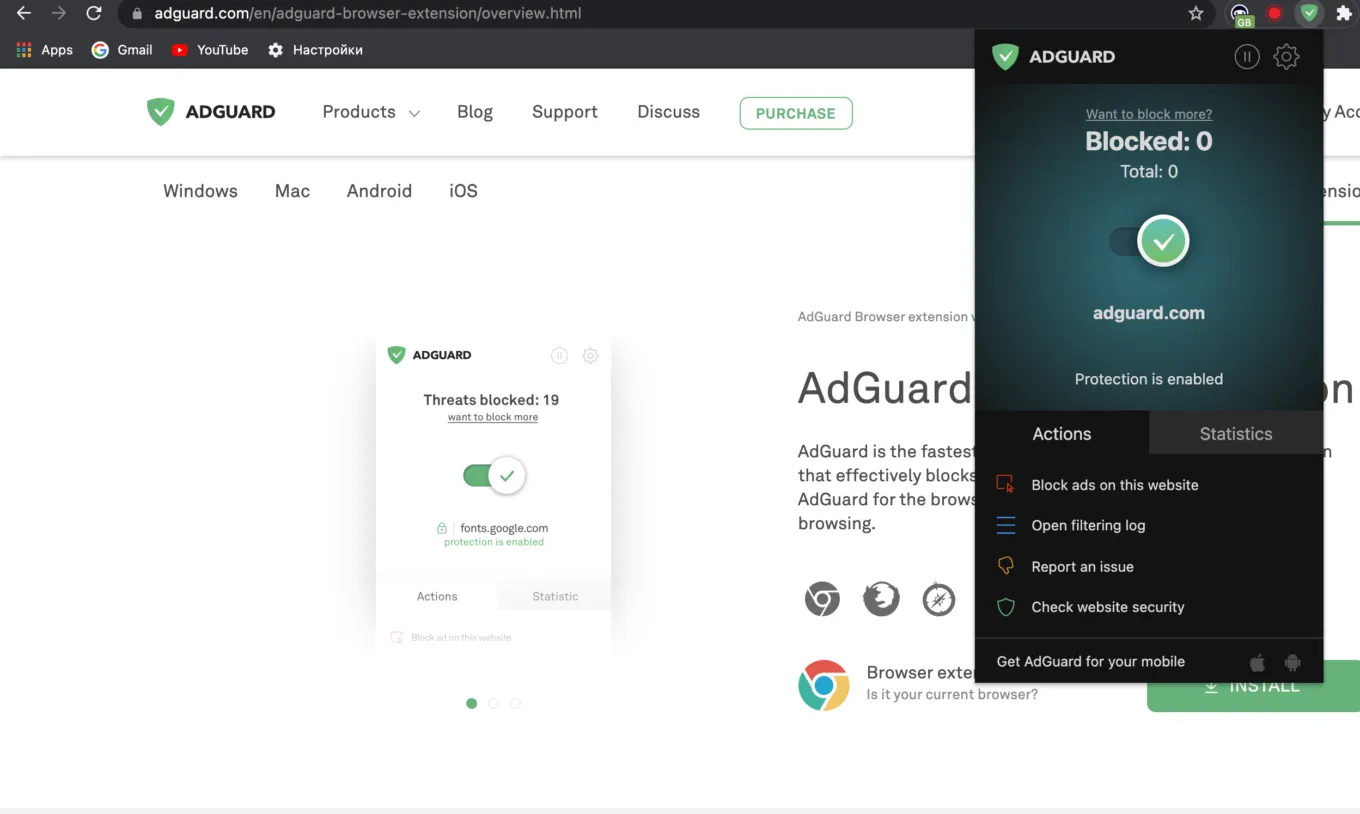In recent times, browser extensions have evolved from mere tools enhancing productivity and convenience into potential gateways for cyber threats. Over the past weekend, alarming headlines surfaced about a sophisticated attack campaign targeting browser extensions, compromising their integrity by injecting them with malicious code. This code aims to pilfer user credentials, impacting over 25 extensions installed by more than two million users. As organizations scramble to assess their exposure, companies like LayerX have stepped forward, offering complimentary services to audit and remediate the risks posed by compromised extensions.
This incident isn’t the first of its kind, but it’s notably more advanced, underscoring the evolving threats associated with browser extensions and the significant risks they pose to both individual users and large organizations.

Understanding the Underlying Risks of Browser Extensions
Browser extensions are integral to the modern web browsing experience, offering functionalities that range from grammar correction to searching for discount coupons. However, many users remain unaware of the extent of access permissions these tools require. Such permissions frequently include access to sensitive data like cookies, browsing history, and text inputs, which, if mishandled, can expose users to significant security risks, including data breaches and identity theft.
For corporations, the stakes are even higher as the installation of unauthorized or insecure browser extensions can lead to substantial organizational breaches. The recent attack vividly illustrates the potential dangers, emphasizing why understanding and managing these extensions is crucial for maintaining cybersecurity.

Key Learnings from the Recent Attack Campaign
The current attack campaign provides several critical insights into the vulnerabilities associated with browser extensions:
- Extensions as a Primary Threat Surface: The targeted nature of this campaign reveals that attackers recognize the potential of extensions to serve as effective mediums for data theft.
- Targeted Extension Types: Extensions related to VPN services, data processing, and AI enhancements were particularly affected. This may reflect their popularity or the extensive permissions these types of extensions typically require.
- Vulnerability of Public Extensions: The attack was largely facilitated through a phishing campaign aimed at extension publishers on the Chrome Web Store, highlighting the risks of sourcing extensions from public marketplaces.

Proactive Measures to Safeguard Against Malicious Extensions
To counter the threats posed by malicious browser extensions, organizations need to adopt a proactive cybersecurity posture:
- Comprehensive Audits: Conduct thorough audits to gain a clear understanding of all browser extensions in use across the organization.
- Categorization of Extensions: Determine which types of extensions are more susceptible to risks based on their functionality and popularity.
- Permissions Assessment: Enumerate and review the access permissions granted to each extension to gauge the scope of potential data exposure.
- Risk Assessment: Develop a risk profile for each extension, considering factors like reputation, popularity, and installation method.
- Adaptive Risk-Based Policies: Implement tailored enforcement policies that block or restrict extensions based on their assessed risk levels.

The recent malicious campaign targeting browser extensions is a stark reminder of the cybersecurity risks lurking in everyday tools. As browser extensions continue to play a pivotal role in our digital lives, both users and organizations must remain vigilant and proactive in managing these risks. By understanding the potential dangers and implementing strategic defenses, it is possible to mitigate the threats and secure the digital landscape for safer, more secure browsing experiences.










